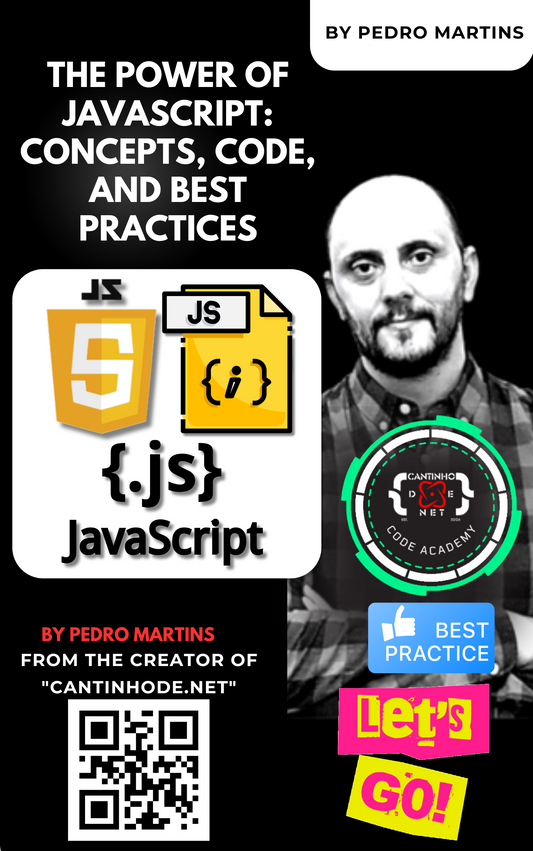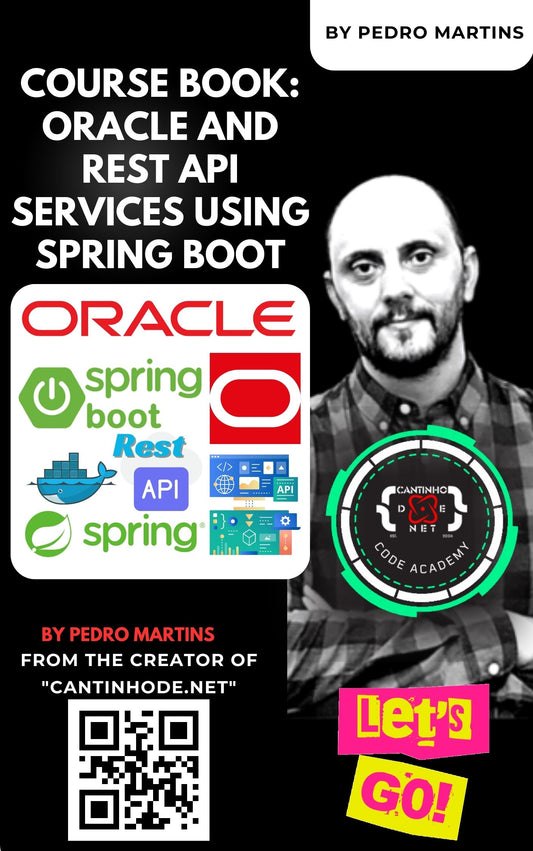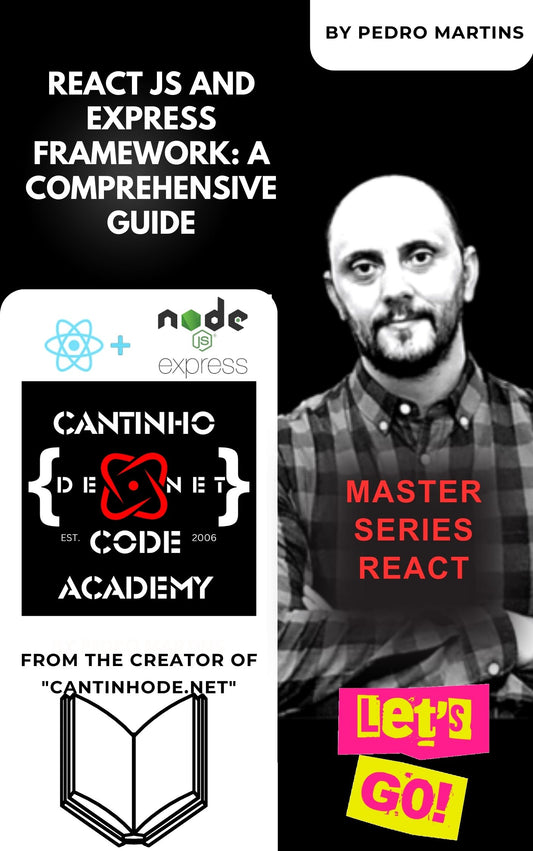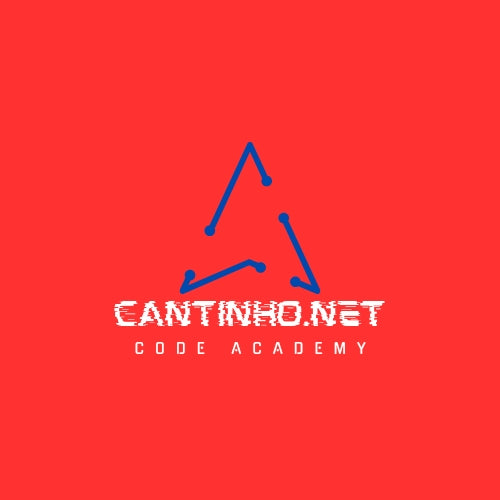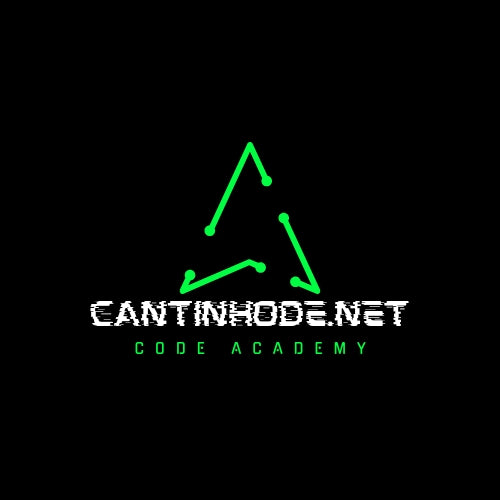Choosing the Right .NET Technologies and C# Versions: A Comprehensive Guide
The .NET ecosystem has matured into a versatile platform that supports everything from cloud-native microservices to cross-platform mobile apps. Coupled with C#’s steady evolution, .NET empowers developers to build scalable, maintainable, and high-performance solutions. In this post, we’ll:
-
Map .NET technologies by application type
-
Highlight key architecture guidance from Microsoft’s official documentation
-
Trace the evolution of C# through its major versions
1. Technologies by Application Type
Web Applications
-
ASP .NET Core MVC / Razor Pages
Server-rendered apps with built-in routing, model binding, and views. -
Blazor
-
Blazor Server: UI diffs over SignalR for real-time interactivity.
-
Blazor WebAssembly: Full-client SPA in C#, running entirely in the browser.
-
-
ASP .NET Core Web API & Minimal APIs
Build RESTful services and lightweight endpoints with minimal ceremony.
Desktop Applications
-
Windows Forms
Rapid drag-and-drop UI for simple Windows tools and legacy apps. -
WPF (Windows Presentation Foundation)
Rich, XAML-driven desktop apps with data binding and animation. -
.NET MAUI
Single code-base for native Windows, macOS, Android, and iOS apps.
Mobile Applications
-
Xamarin.Forms
Shared C# + XAML UI for Android and iOS (legacy). -
.NET MAUI
The evolution of Xamarin.Forms: cross-platform, single-project, hot reload.
Microservices & Serverless
-
Containers & Orchestration
Docker, Kubernetes (AKS/EKS) for deploying .NET services at scale. -
Dapr, MassTransit, NServiceBus
Simplify service-to-service communication, pub/sub, state management. -
Azure Functions & AWS Lambda
Event-driven, serverless C# for on-demand workloads.
Cloud & DevOps
-
Azure App Service / AWS Elastic Beanstalk
PaaS hosting for web apps and APIs. -
Azure DevOps / GitHub Actions
CI/CD pipelines with dotnet build, test, and deploy steps out-of-the-box.
Data & Persistence
-
Entity Framework Core
Full-featured ORM with LINQ, migrations, and tracking. -
Dapper
High-performance micro-ORM for raw SQL mapping. -
NoSQL Clients
MongoDB.Driver, Azure Cosmos DB SDK for document and key-value stores.
Real-Time & Messaging
-
SignalR
WebSocket-based real-time messaging for chat, live dashboards, gaming. -
Azure Service Bus / RabbitMQ / Kafka
Queues, topics, and streaming for decoupled architectures.
IoT & Edge
-
.NET IoT Libraries
GPIO, I2C, SPI on Raspberry Pi and other boards. -
Azure IoT SDK for .NET
Secure device connectivity, telemetry, and twin management.
Machine Learning & AI
-
ML.NET
Train and consume ML models in pure C#. -
ONNX Runtime / TensorFlow.NET
Run pretrained models with high performance.
2. Navigating .NET Architecture Guidance
Microsoft’s .NET Architecture Center provides in-depth guidance and reference implementations for a wide range of scenarios:
-
Microservices & Containerized Apps
eShopOnContainers reference app with Docker, Kubernetes, and Dapr patterns. -
Cloud-Native Applications on Azure
Best practices for resilience, scalability, observability, security, and DevOps in .NET 7/8. -
Modern Monolithic Web Apps
End-to-end ASP .NET Core examples, deployment, and migration strategies. -
Blazor & Web Forms Migration
Guidance on moving legacy Web Forms to Blazor Server or WebAssembly. -
Enterprise .NET MAUI Patterns
MVVM, dependency injection, navigation, and configuration for cross-platform mobile/desktop. -
Library and Framework Design
API design guidelines and NuGet best practices for creating consistent, long-lived libraries.
Whether you’re starting a greenfield project or refactoring an existing portfolio, these hands-on guides and reference apps will help you adopt proven architectural patterns.
3. C# Version Timeline
Below is a concise table of major C# releases, their launch dates, and supported .NET platforms:
| C# Version | Release Date | .NET Platform | Key Features |
|---|---|---|---|
| 1.0 | Jan 2002 | .NET Framework 1.0 | Classes, structs, interfaces, delegates |
| 2.0 | Nov 2005 | .NET 2.0/3.0 | Generics, nullable types, iterators |
| 3.0 | Nov 2007 | .NET 3.5 | LINQ, lambdas, expression trees |
| 4.0 | Apr 2010 | .NET 4.0 |
dynamic, named/optional parameters |
| 5.0 | Aug 2012 | .NET 4.5 |
async/await
|
| 6.0 | Jul 2015 | .NET Core 1.0/1.1 | String interpolation, null-conditional |
| 7.x | 2017–2018 | .NET Core 2.x | Tuples, pattern matching, local funcs |
| 8.0 | Sep 2019 | .NET Core 3.x | Nullable refs, async streams, ranges |
| 9.0 | Nov 2020 | .NET 5.0 | Records, init-only setters |
| 10.0 | Nov 2021 | .NET 6.0 (LTS) | Global usings, file-scoped namespaces |
| 11.0 | Nov 2022 | .NET 7.0 | Raw string literals, generic math (prv) |
| 12.0 | Nov 2023 | .NET 8.0 (LTS) | Primary constructors, collection exprs |
| 13.0 | Nov 2024 | .NET 9.0 | Extended patterns, partial method enh. |
| 14.0 | Jun 9 2025 | (.NET 10 preview) | Advanced metaprogramming, perf tweaks |
Pro Tip: Target the latest LTS .NET release (currently .NET 8) to benefit from the newest C# features alongside long-term support.
Conclusion
By aligning the right .NET technologies with your application’s requirements—and keeping pace with C#’s rapid evolution—you can maximize developer productivity, application performance, and maintainability. Bookmark the .NET Architecture Center for scenario-based guidance, adopt the latest LTS platform, and explore new C# features as they arrive.
Happy coding! 👩💻👨💻

